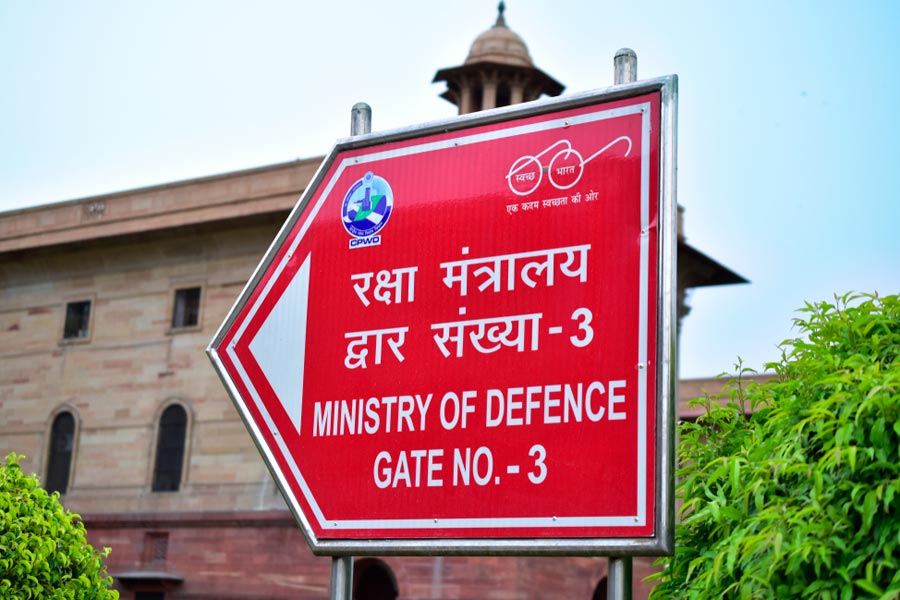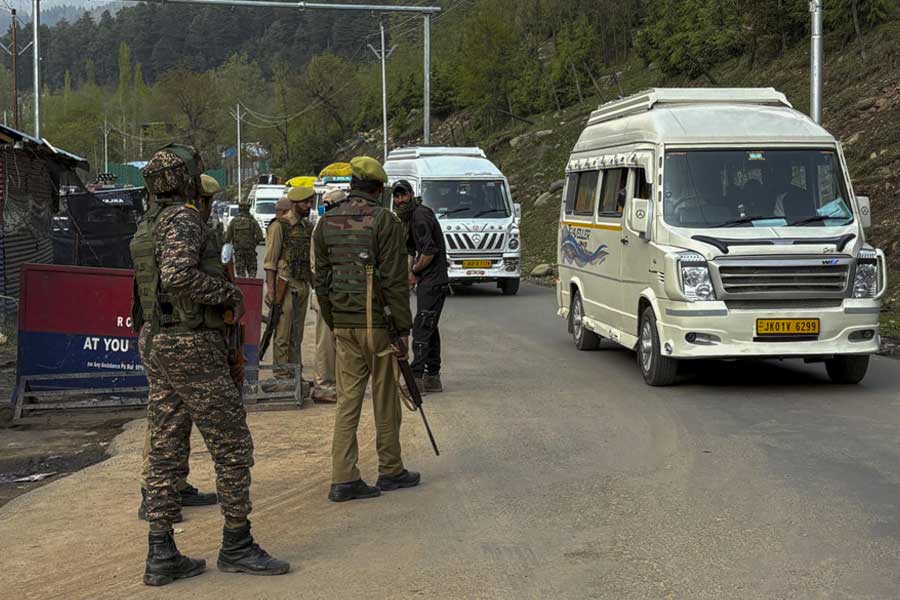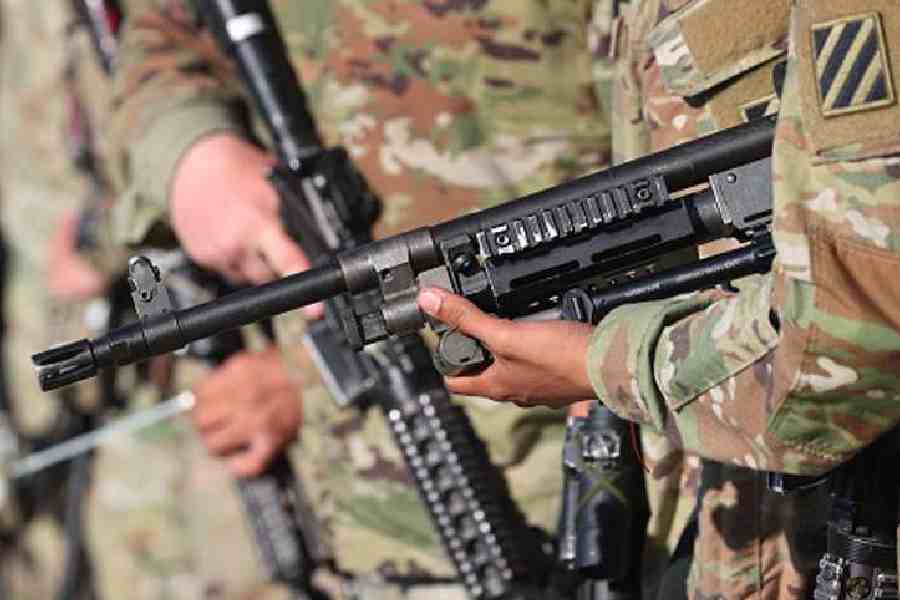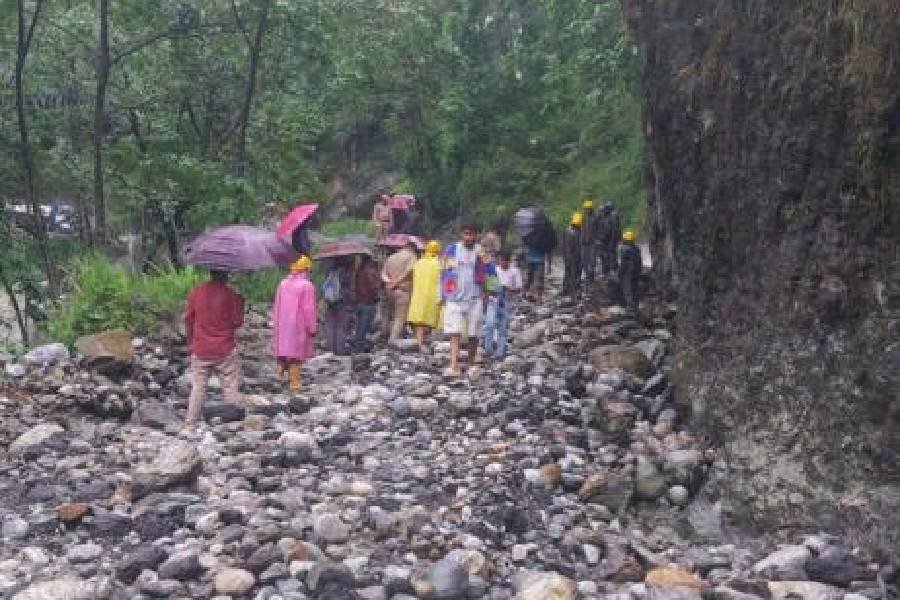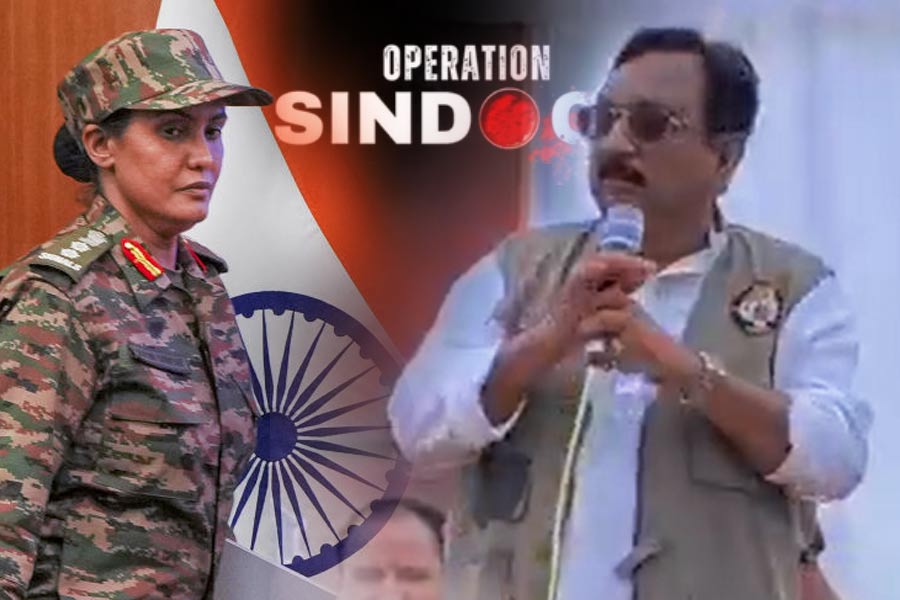In a bid to help students make the right choice in so far as selection of educational institutions is concerned, the Union ministry of human resource development has been asking all deemed universities as well as universities and their affiliated institutions to follow full disclosure norms and post all academic and infrastructure information on their websites.
While this is most welcome, the interests of students and parents would be served even better if the ministry were to also take effective measures to weed out false and misleading advertisements issued by educational institutions. Towards this end, the ministry should set up a monitoring cell with the power to issue orders for withdrawal of such advertisements and publication of corrective advertisements. Such corrective advertisements serve the dual purpose of completely exposing the wrong doer, while at the same time penalising him, as he has to pay for the advertisements admitting to the falsity of the earlier advertisement.
To underscore the need for such action, I will recall an order of the Supreme Court delivered in February this year, pertaining to a misleading advertisement (Civil Appeal No. 1135 of 2001, Buddhist Mission Dental College and Hospital vs Bhupesh Khurana and Ors). The order has its origin in the advertisement issued by the Buddhist Mission Dental College and Hospital, in 1993, inviting applications for admission to the bachelor of dental surgery (BDS) course.
The impression created by the advertisement was that it was affiliated to Magadh University and was recognised by the Dental Council of India. Both were however false. Since the college was not recognised, no examination was held at the end of the academic year, forcing eleven students to file a class action suit before the consumer court. The National Consumer Disputes Redressal Commission, in its order delivered in 2000, directed the college to refund the fees paid by the students and also pay Rs 20,000 as compensation to each of them.
The Supreme Court too held the college guilty of unfair trade practice and directed it to pay an additional compensation of Rs 1 lakh to each of the students (complainants) and also the cost of litigation, quantified at Rs 1 lakh, to each of them.
In this case only eleven students had filed the case , but there could be many more victims who did not. Even for these eleven students , it took 15 years to win the case. If only the advertisement had been stopped and corrective advertisements issued, it would have prevented the students from falling prey to the advertisement.


